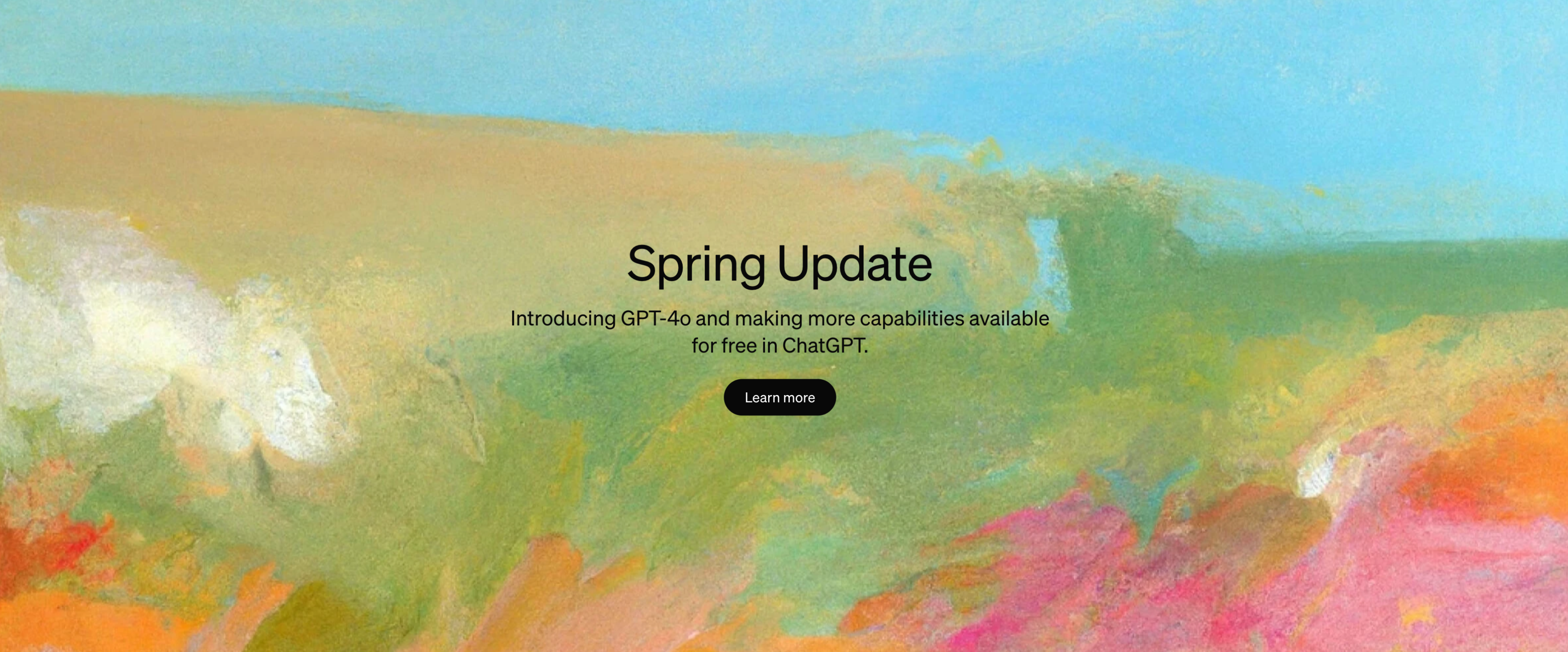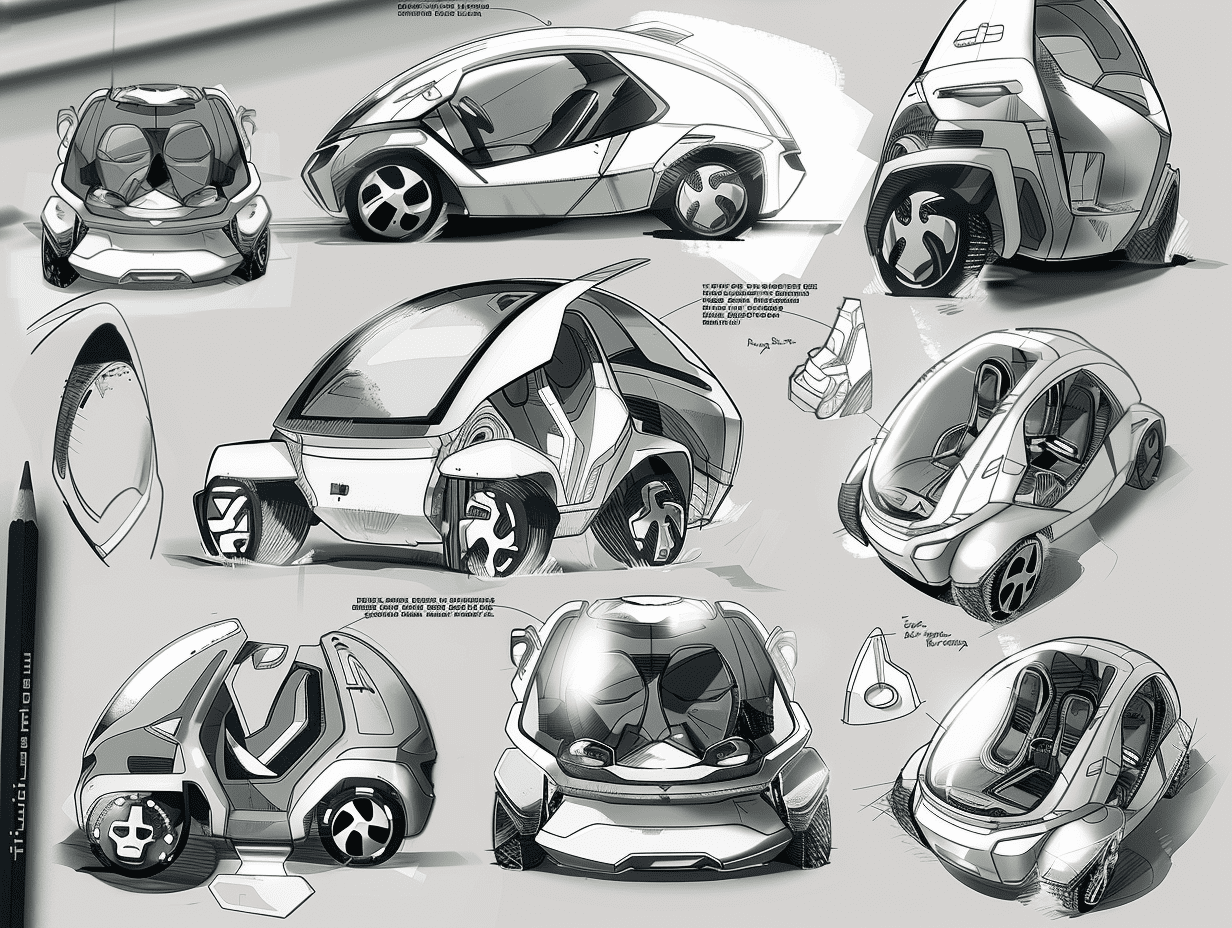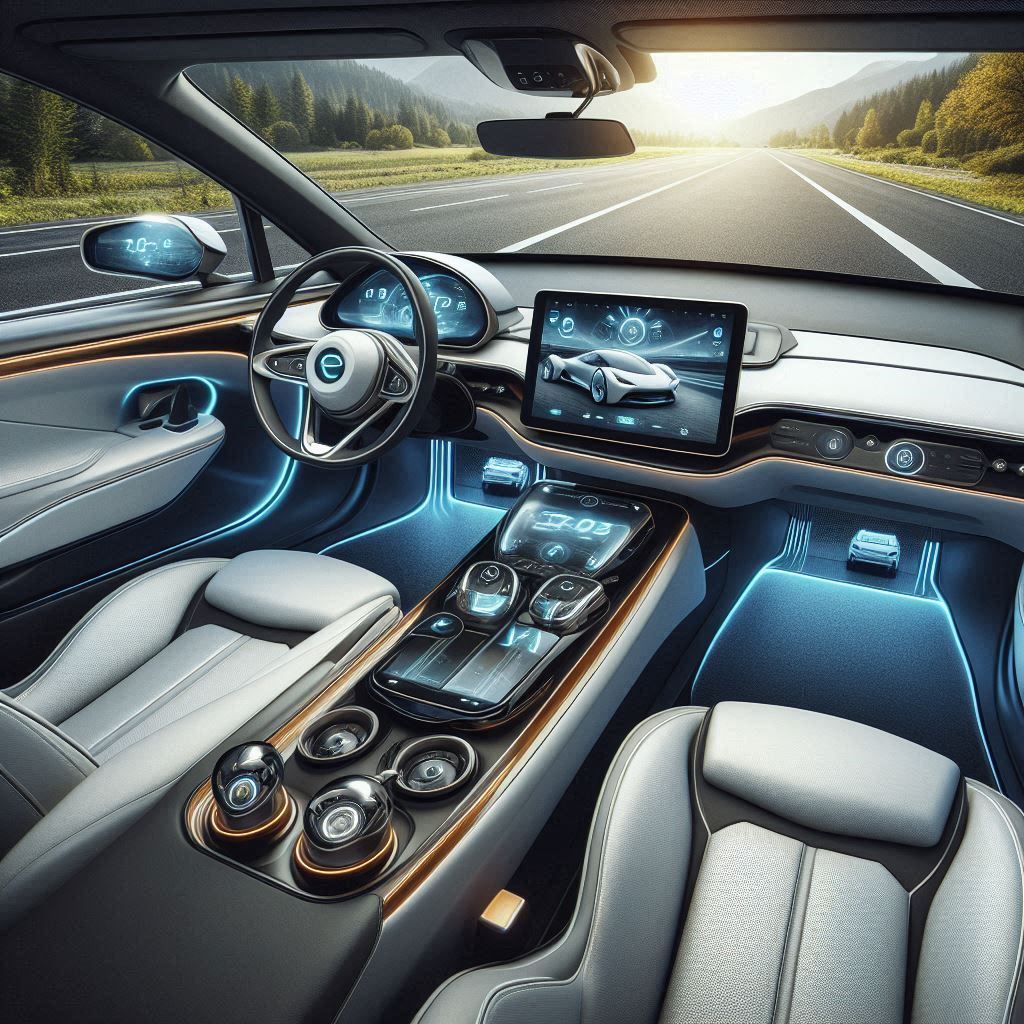June 05, 2024
CapsuleTech is one of the earliest companies in the industry to pay attention to and conduct in-depth research on AI technology. Our product and design teams have used AIGC for a lot of design practices and have brought AIGC's technology into actual projects.
This article will share our exploration of some scenarios where AIGC can be used in actual work, as well as some of our experiences using the AIGC tool.
Author: Winter (CapsuleTech Product Manager)
Understanding brands and markets
In today's highly competitive automotive industry, accurate understanding of brands and markets is key to project success. CapsuleTech will use advanced AI tools such as OpenAI GPT-4, Tableau AI, Brandwatch, etc. to gain an in-depth understanding of the brand and market of the car company before carrying out a design project.
1. OpenAI GPT-4: Deep Market Research and Consumer Insights
Market research: Through GPT-4, we will collect a large amount of available market research data, including brand awareness, characteristics of brand owners, differentiated features from competing products, etc., which will become an important reference for us to quickly conduct market positioning and differentiated positioning.
Consumer behavior analysis: We will input the relevant natural language data collected from various automotive media into AI, allowing the AI model to extract valuable information from social media, comments and questionnaires through natural language processing technology, helping us quickly understand consumers' views on different models and brands.
Marketing strategy recommendations: Based on market research and consumer behavior analysis, we will use the personalized marketing strategy recommendations generated by AI as an important reference, and conduct a comprehensive analysis based on the historical data of the car company.
2. Tableau AI: Data analysis and trend prediction
Data visualization analysis: With the help of data analysis tools such as Tableau, we can integrate and analyze data from different sources, identify key trends and patterns in the market, and provide the most accurate data support for our design.
User behavior trend analysis: Using AI tools, our designers no longer need to spend time on data screening and visualization. They can directly observe consumer needs and expectations through visual charts converted from data.
Differentiation competition analysis: By analyzing competitors’ market performance and strategies, we can identify the differentiated competition points of design and help automakers stand out from the crowd.
3. Brandwatch: Brand reputation monitoring and sentiment analysis
Social Listening: Social listening is what CapsuleTech has been doing. With the emergence of AI tools, it can help us analyze the brand's consumer sentiment more quickly, identify the brand's strengths and weaknesses, understand the public's overall impression of the brand, and facilitate designers to carry out project design more targetedly.

The latest GPT-4o model can process data faster and smarter. In addition to GPT, we will also use other AI tools such as Gemini (picture from OpenAI official website)

With the help of AI, Tableau can better perform trend analysis (picture from Tableau official website)

With the help of AIGC tools, we can quickly output a series of graphics to give us more inspiration

Compared to MidJourney, DALL-E has a higher sense of reality, but lacks some artistry. We usually choose different large models according to the actual situation.
Accelerate the burst of design inspiration
The AIGC models mainly used by CapsuleTech designers include Midjounery, Stable Diffusion and DALL-E. Generally speaking, we are not bound by a specific model, but choose the most appropriate model according to the actual scenario, or we may need to combine the content generated by multiple models for multiple subsequent processing to finally achieve the desired effect.
1. MidJourney: Inspiration and Art
Compared to other large models, MidJourney is more artistic and very suitable for us to quickly generate mood boards and scene maps.
In addition, you can also use the --tile parameter to generate some seamless maps, which can give 3D colleagues some CMF-related design inspiration.
2. Stable Diffusion: Detailed processing
Midjourney often fails to meet our requirements in terms of detail processing capabilities, so we use Stable Diffusion to polish the details.
Most of our colleagues use the macOS system, and Mac computers are not very suitable for Stable Diffusion operations. For this reason, we have built a server dedicated to running Stable Diffusion, and designers can connect remotely via the local area network to perform calculations and draw drawings.
3. DALL-E: Balance between inspiration and implementation
DALL-E is a model that we use frequently for some mass production projects. It is also an important reference for some creative projects when we need to consider the feasibility and feasibility.
New requirements for automotive designers in the AI era
In the AI era, the threshold for smart cockpit designers has not only not been lowered, but will be higher than before, which also puts higher professional requirements on designers.
On the one hand, we believe that the premise for AIGC to meet the requirements of the project is that the people using AIGC can know their own ideas very clearly and can guide AI to implement their ideas. This means that designers must think at a higher level. In addition to the aesthetics and taste that designers should have, designers are also required to have a deep understanding of the industry and business. The ability to communicate across departments has always been one of CapsuleTech’s core goals for talent training.
On the other hand, the emergence of AI has placed higher demands on designers’ English proficiency and self-learning ability, and these two points happen to be one of CapsuleTech’s advantages. CapsuleTech currently has more than 40 high-end talents, 100% of whom have a bachelor’s degree or above, and 60% have studied abroad. Team members have multilingual skills such as Chinese, English, French, German, Japanese, and Korean. Designers can access the world’s latest AI tools more quickly and easily and apply them to actual projects.
Due to the restrictions of the confidentiality agreement, no actual project cases can be included in this article. If you have any ideas, please feel free to contact us. We look forward to having a more in-depth exchange with you.